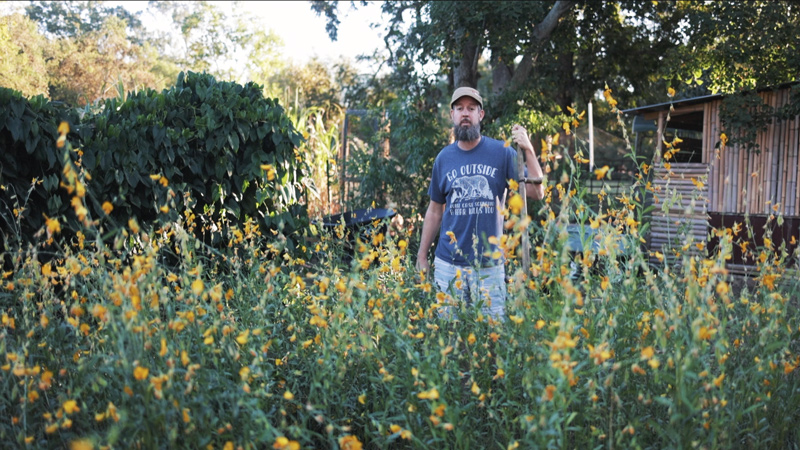[ad_1]
Jacob asks about crop rotation:
“I reside within the Higher Midwest (Zone 5a), and thought with the latest chilly snap, I’d spend a while planning our backyard for 2024. I’ve watched a lot of your movies and skim a number of of your books, so I began looking for your concepts on crop rotation and succession planting… and didn’t actually discover any. I feel I bear in mind some concepts you shared in Develop or Die – a six or eight crop rotation, possibly? – however didn’t actually discover something in your Youtube channel or web site.
So, I feel I’ve my reply already – it’s in all probability extra vital to only get one thing within the floor, combine it up, and never plant one thing back-to-back in the identical spot yearly – however if in case you have time, I’d like a extra specific reply: what are your opinions on deliberate crop rotation and succession by plant household? In your expertise and studying, is there any benefit to following sure plant households with others when planting in the identical spot – for instance, brassicas with nightshades, and many others.?”
Although I did write about crop rotation in Develop or Die, I’ve stopped paying a lot consideration to it over time.
We don’t utterly disregard it as a observe, however we spend little time planning rotations.
It really works extra like this:
In February of 2023, we planted potatoes in a patch of backyard that was beforehand a garden.
After we harvested the potatoes, we planted the world with a canopy crop of sunn hemp.
We slashed that down and canopy the world with woven nursery cloth within the fall.
Subsequent month, we’ll plant it with one thing else. Most likely cabbages or radishes. Or possibly corn.
Then subsequent yr, it’ll in all probability be planted in potatoes once more. Who is aware of?
We now have numerous backyard areas and kinds we use, from row gardens to tighter, extremely improved beds, to our Grocery Row Gardens.
What I’ve realized over time is that nature doesn’t rotate crops all that a lot. Typically, if in case you have cleavers or chickweed or another weed rising in a patch, that very same patch tends to self-seed and regrow yr after yr. It might have some totally different vegetation rising there at different instances of the yr, nevertheless it’s typically rising the identical issues yr after yr.
If we’re tearing the bottom down to reveal soil and replanting the identical crop with out the rest rising at different instances, crop rotation could also be extra vital. It’s additionally extra vital to rotate if we’re rising a crop with out including any vitamins again to the soil earlier than we develop it once more. If potatoes are pulling what they want from the bottom, after which we plant them repeatedly with out correctly re-mineralizing the soil, we’re prone to get deterioration in high quality and yields. We’re additionally prone to have a build-up of potato pests and ailments.
But if we develop potatoes, then comply with them with peas, then comply with the peas with mustard, we’ve in all probability starved out the potato pests, or confused them till they left, or they have been consumed by one thing else.
We don’t attempt to get “good” rotations. We simply don’t plant the identical factor in the identical spot repeatedly.
That stated, I had a neighbor in Florida who planted the identical zipper peas in the identical spot yr after yr and all the time appeared to do tremendous with them.
Within the Grocery Row Gardens, we have now perennials that stick round for years, with annuals that come and go as we discover gaps to plant them. Some assume that protecting sure plant species round from year-to-year, even annuals, might maintain their helpful micro organism and fungi within the soil for them, making them develop higher somewhat than worse. Maybe this balances the pests that will additionally stay. I don’t know. However I don’t sweat over rotation all that a lot.
And I wager if I put some compost on the outdated potato patch and replanted it this spring, it will do exactly tremendous.
There may be clearly some profit in rotating legumes with different crops, since they add nitrogen. See: corn / soybean rotations in industrial farming. Or cotton / peanut right here within the South.
Nature is advanced and stuffed with variables. We simply do our greatest to determine what works. But I wouldn’t fear an excessive amount of with making an attempt to get issues good.

[ad_2]
Supply hyperlink

